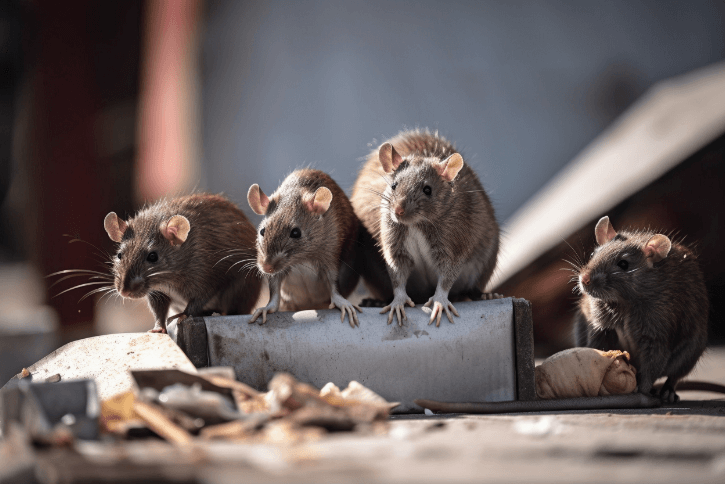Table of Contents
Integrated pest management (IPM) is a sustainable way of managing pest issues with minimal risks to human health and the environment. IPM principles apply across diverse settings, including gardens, homes, and workplaces.
This method emphasises using a combination of effective, environmentally friendly strategies, turning to pesticides only as a last resort. In this post, we’ll cover all you need to know about the topic.
What is IPM?
Integrated pest management is an eco-friendly approach to pest control that combines various practices to prevent pest problems over the long term. IPM programs use detailed information on pests and their interactions with the environment to guide effective, economical, and low-risk pest control.
IPM strategies prioritise preventive and targeted actions, using pesticides only when monitoring confirms they’re necessary according to established guidelines. Treatments focus specifically on the target pest, minimising impacts on people, property, and the surrounding environment.
How does IPM Work?
Integrated pest management focuses on proactive measures to prevent pests from becoming a problem. This may involve actions like sealing cracks to keep insects and rodents out of buildings. Rather than just eliminating visible pests, IPM considers environmental factors which enable pests to thrive, creating conditions that discourage their presence.
Monitoring is central to an effective management strategy. By inspecting areas such as homes or commercial buildings, experts can identify which pests are present, assess their numbers, and evaluate any damage. After gathering information about the pest and environmental factors, professionals decide whether control is warranted alongside the level of integration needed.
What are the Four Methods of IPM?
- Biological control: Involves using natural predators, parasites, or pathogens to manage pests and limit their damage.
- Environmental controls: Practices that disrupt pest establishment and survival by altering the environment to reduce pest reproduction, dispersal, and long-term presence.
- Mechanical and physical controls: Directly eliminate or block pests by physical means. Examples include rodent traps (mechanical control) and barriers (physical control) to prevent birds or insects from entering.
- Chemical control: Pesticides are used only when necessary and in combination with other methods for a more sustainable impact. They are carefully selected and applied to minimise risks to people, non-target organisms, and the environment.
The 4 Principles of an IPM Program
Integrated pest management programs are built on four core principles which guide effective pest management in any setting:
- Identification: Accurate identification of the pest species to understand its behaviour and determine the best management approach.
- Monitoring: Regularly assessing pest populations and damage levels, using established guidelines to decide when management actions are necessary.
- Prevention: Employing a combination of biological, cultural, physical/mechanical, and chemical tools to reduce the likelihood of pest issues.
- Evaluating: After taking action, assessing the results to ensure the pest problem is controlled and does not recur.
Incorporating IPM practices not only protects your health and property, but also supports a balanced, environmentally friendly approach to pest control. By focusing on sustainable methods like pest prevention, monitoring, and targeted treatment, IPM reduces the need for chemical intervention, benefiting both people and the environment.
For effective, eco-conscious solutions to manage pests – whether birds, insects, or rodents – we at Greenway IPM offer a comprehensive range of services designed to address pest issues safely, responsibly, and sustainably. So, if you’ve spotted signs of a pest infestation on your property, then be sure to get a quote today.



